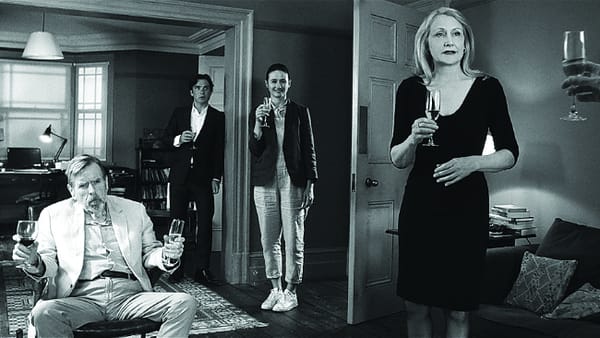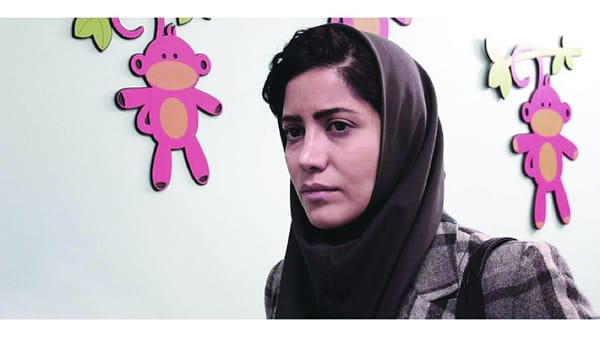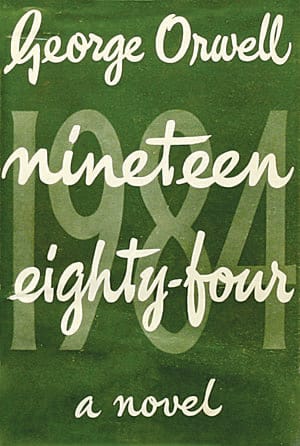An exercise in unremitting tension and horror
Yorgos Lanthimos returns with The Killing of a Sacred Deer, which cements his reputation as a master of unease

It seems that for Greek director Yorgos Lanthimos, who directed Dogtooth and The Alps before making his move into English-language cinema with 2015’s The Lobster, the term ‘clinical’ may be a compliment. Since his breakout feature back in 2009, Lanthimos has ploughed the same furrow, excelling in cold, flat affect and a uniquely-awkward dialogue he creates with writer and frequent collaborator Efthymis Filippou. It may be described as detached, cerebral, or, perhaps, ‘clinical’. In The Killing of a Sacred Deer, Lanthimos picks up this descriptor and runs with it, opening the film with a direct shot into the chest cavity of a man undergoing open heart surgery; his ribs are cracked open, jacked apart with a retractor, revealing a grotesquely pumping heart, almost obscene in its perpetual motion. The whole scene, in classic Lanthimos fashion, is soundtracked to Schubert.
The bloody gowns and gloves are removed, revealing Colin Farrell, in a spotless button-down and fancy watch. But this is not the warm Farrell of Winter’s Tale, nor the gruff and grizzled Farrell of The Beguiled or In Bruges, oh no. This is the quietly rational Farrell of The Lobster, a figure who only comes out under the watchful eye of Lanthimos’ camera. He is playing Steven, a cardiac surgeon, who lives in a beautiful detached house with his ophthalmologist wife Anna (Nicole Kidman), and their two children, Kim (Raffy Cassidy) and Bob (Sunny Suljic).
However, things are not all right in paradise, and soon Martin (Barry Keoghan) comes onto the scene – a strange and off-putting teenager, who crashes down on the family like a giant, menacing cuckoo. He is intimately linked to Steven, and delivers a horrifying piece of news to him: either he must kill one of his family members, or they will all begin to wither away and die before his very eyes. The choice is his.
“Kidman, who has perfected a glacial persona, comes into her own as Anna”
Kidman, who has for a number of years been perfecting an exacting, glacial persona (which she has the skill to turn off at any minute – see her performance in last year’s Lion for proof), comes into her own in the role of Anna. Lanthimos pulls off a similar trick to what he achieved with Rachel Weisz in The Lobster, limiting an actor’s emotional palette so they must go deep rather than broad. Keoghan is similarly affecting, delivering a performance with an uncanny sense of otherness and naturalism: he is here to disrupt simply because that is in his nature.
While Dogtooth and The Lobster were broadly comedies – jet-black comedies with a nerve-wrenching intensity that set the teeth on edge perhaps, but comedies none the less – The Killing of a Sacred Deer veers much closer to horror. There may be comedic elements, most notably in Filippou’s script, but at its heart the film is an exercise in relentless tension and body horror. This intensity is aided and abetted by the soundtrack, built heavily around the haunting works of Russian composer Sofia Gubaidulina, which are reliant on shrieking strings and ratcheting stabs of accordions. In The Killing of a Sacred Deer, Lanthimos is drawing on a deeper and darker wellspring of inspiration than ever before. The title refers to the Greek tragedy of King Agamemnon, who – upon killing a deer and angering the goddess Artemis – must kill his daughter if he wants his ships to sail to Troy. Lanthimos is telling a tale as old as human civilization, of outcomes predestined to occur, of inescapable fated to which characters are drawn with a steady inevitability.
“The tension is aided and abetted by the soundtrack, which draws heavily on the work of Sofia Gubaidulina”
Like many protagonists of Classical drama, Steven is a man blinded by cowardice and a sense of self-importance, refusing to tell his wife about the terrifying prophecy until both his children are made bed-bound. While some may see Martin as taking on the role of Artemis, in reality he is more akin to the Greek chorus, commenting on the action without influencing it. Steven may believe that bluster and brute force may allow his family to escape their curse, but in reality there is only one solution: an inescapable ethical decision whose endpoint is a bullet, lodged in the sternum of a family member.
In many ways, The Killing of a Sacred Deer reminds me of Jonathan Glazer’s Under the Skin, not only for the similarities in the score – although Gubaidulina’s work is far more intense – but in the way both films reflect human behaviour back at the audience, in a way that causes a profound discomfort. In Lanthimos’ work, the dialogue appears like a paranoiac’s imitation of human speech; it’s like a funhouse mirror projecting back a simulacrum of language.
If Greek drama can teach us anything, it is that violence rarely means the end of the story: in The Oresteia, Aeschylus’ retelling of the story of Iphigenia, Agamemnon’s actions result in his death at the hands of his wife Clytemnestra, who is killed in turn by their son Orestes. While Lanthimos does not end the film with more overt violence, it is clear that the events of the film will exact a form of psychic pain upon the family. Similar feelings will be evoked in the audience. The Killing of a Sacred Deer is not an enjoyable watch, but in the most interesting and – paradoxically – enjoyable way. It does what all great horror films do, and delivers a shock, one akin to being left in an icy bath: while the initial chill might fade, the cold remains in the marrow, deep inside the viewer.
4.5 Stars
Dir: Yorgos Lanthimos. Script: Yorgos Lanthimos; Efthymis Filippou. Starring: Colin Farrell; Nicole Kidman; Barry Keoghan; Raffey Cassidy 121 minutes










